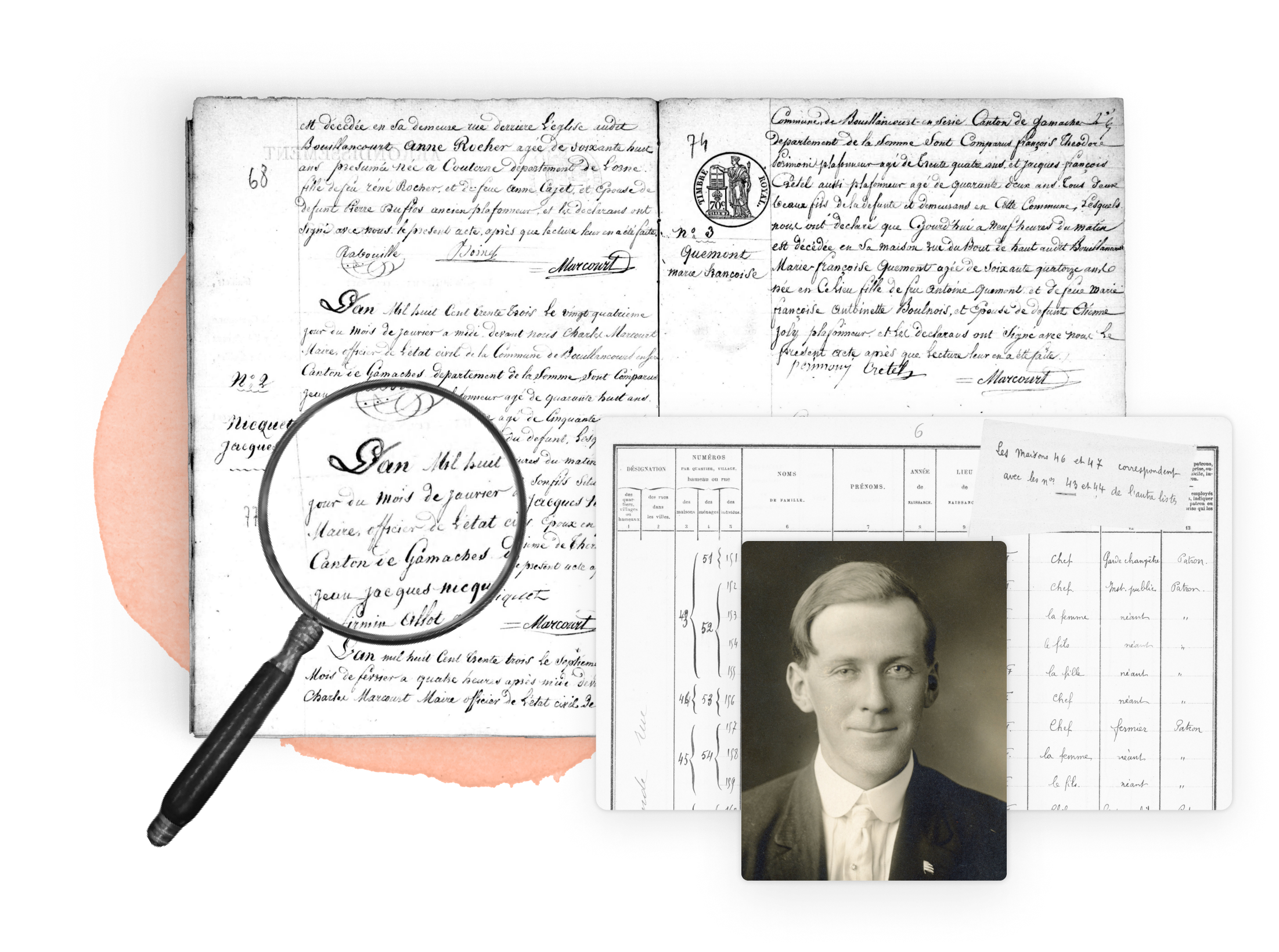See all articles relating to: Turkmenistan

Turkmenistan, a Central Asian nation rich in history, has experienced numerous transformations throughout the centuries. Once part of the ancient Achaemenid Empire, it later flourished as a key region of the Silk Road, fostering a vibrant exchange of cultures, ideas, and goods. The region was subsequently ruled by a succession of powers, including the Seljuks, the Mongols, and the Timurids. In the modern era, Turkmenistan found itself subsumed under Russian and Soviet rule, before finally gaining independence in 1991. Notable figures in Turkmen history include Oguz Han, a legendary ruler believed to be the ancestor of the Turkmen people, Tughril Beg, the founder of the Seljuk Empire, and Saparmurat Niyazov, Turkmenistan's first president, who played a significant role in shaping the nation's post-Soviet identity.
Research your ancestors on MyHeritage
The provinces of Turkmenistan
Turkmenistan is divided into five provinces or regions, known as "welayatlar" in Turkmen:
In addition to these provinces, the capital city of Ashgabat has the status of "welayat," making it a separate administrative division.
Turkmenistan history
See:
Turkmenistan geography
Researching family history in Turkmenistan
See also:
- Turkmenistan genealogy
- Turkmenistan immigration
- Turkmenistan emigration
- Turkmenistan archives
- Vital records in Turkmenistan
- Birth records in Turkmenistan
- Death records in Turkmenistan
- Marriage records in Turkmenistan
- Census records in Turkmenistan
- Civil registrations in Turkmenistan
- Church records in Turkmenistan
- Newspaper records in Turkmenistan
- Military records in Turkmenistan
Turkmenistan ethnicity

Turkmenistan is home to a diverse array of ethnicities, with the Turkmen people constituting the majority of the population. The Turkmen are a Turkic ethnic group, traditionally known for their nomadic lifestyle and rich cultural heritage. Besides the Turkmen, the country is also inhabited by various minority groups, such as the Uzbeks, Russians, and Kazakhs, who contribute to the nation's vibrant tapestry of cultures. Smaller communities of Tatars, Azeris, Armenians, and other ethnicities can also be found in Turkmenistan, further enriching the country's multifaceted demographic landscape.
See also:
Turkmenistan surnames
Turkmen surnames offer valuable insights when researching family history, as they often reflect an individual's paternal lineage, occupation, or geographical origin. Understanding the origins and meanings of these surnames can help genealogists uncover crucial information about their ancestors, identify familial patterns, and trace extended family networks. For instance, "Hojamuhammedov" is a common Turkmen surname that means "son of Hojamuhammed," indicating that an ancestor may have been named Hojamuhammed.
Examples of different Turkmen surnames:
See also:


